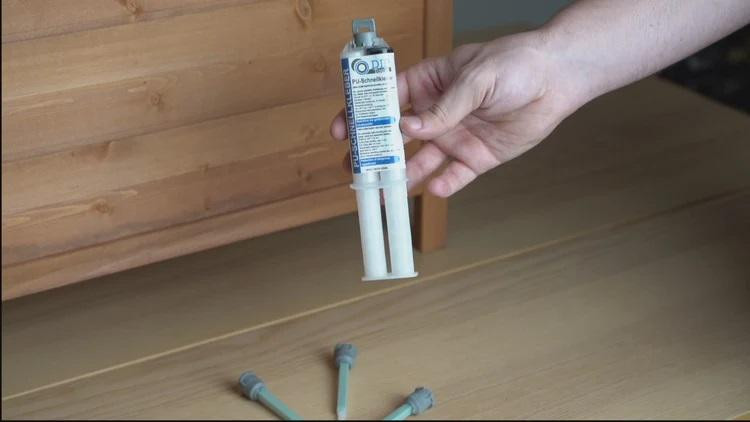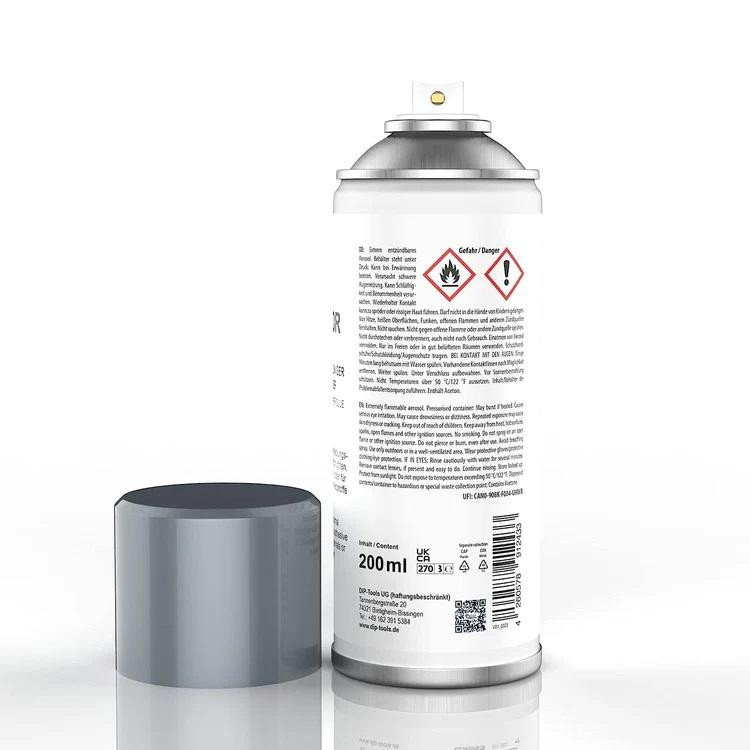When it comes to bonding materials in construction, repair, DIY projects, or even industrial use, choosing the right adhesive is crucial. Two widely used adhesives in both professional and home environments are PU Kleber (Polyurethane Adhesive) and Sekundenkleber (Super Glue/Cyanoacrylate Adhesive). Each of these adhesives has unique properties, making them suitable for specific tasks. This article explores the differences, advantages, disadvantages, and best applications for PU Kleber and Sekundenkleber.
What is PU Kleber?
PU Kleber, short for Polyurethankleber, is a polyurethane-based adhesive known for its strong bonding power and flexibility. It is commonly used in the construction industry, woodworking, furniture making, and even automotive and marine sectors.
Key Features of PU Kleber:
- Strong Bonding Strength: Excellent for porous and non-porous surfaces like wood, concrete, metal, and plastic.
- Flexible and Durable: PU adhesives are known for their ability to withstand stress, vibration, and thermal movement.
- Water and Weather Resistant: Perfect for outdoor applications, as it can resist moisture and UV exposure.
- Foaming Action: When curing, it can expand slightly, which helps in filling small gaps or irregular surfaces.
- Longer Curing Time: Typically takes a few hours to fully cure, depending on humidity and temperature.
Common Applications of PU Kleber:
- Gluing wooden components in furniture or construction
- Mounting panels, boards, and foam insulation
- Repairing boats, trailers, and vehicles
- Bonding ceramics, concrete, and stone
What is Sekundenkleber?
Sekunden kleber, commonly known in English as super glue, is a cyanoacrylate-based adhesive. As the German name suggests ("Sekunde" meaning "second"), it is designed for rapid bonding—typically within seconds of application.
Key Features of Sekundenkleber:
- Instant Bonding: Bonds most materials in just a few seconds.
- Crystal Clear Finish: Ideal for visible surfaces or small repairs.
- Best for Small Surfaces: Works best on clean, flat, and dry surfaces.
- No Expansion: Unlike PU adhesives, it does not foam or expand.
- Rigid Bond: Once set, it becomes brittle and can break under high stress or movement.
Common Applications of Sekundenkleber:
- Fixing broken ceramics, glass, and plastic items
- Bonding metal parts in electronics or jewelry
- Quick household or office repairs
- Model building and crafting
Key Differences Between PU Kleber and Sekundenkleber
Feature PU Kleber Sekundenkleber Chemical Base Polyurethane Cyanoacrylate Curing Time 30 mins – 24 hours A few seconds – 2 minutes Strength High, with flexibility Very high, but brittle Gap-Filling Yes (expands when curing) No Surface Types Works on porous and non-porous Best on smooth, non-porous surfaces Moisture Resistance Excellent Moderate Temperature Resistance Good Low to moderate Ease of Use Requires surface preparation and clamp time Very easy and fast Best For Large surfaces, construction, wood Small, quick repairs, plastics, metal Advantages and Disadvantages
PU Kleber – Pros and Cons
Pros:
- Durable and flexible
- Excellent gap-filling capabilities
- Suitable for outdoor use
- Bonds a wide range of materials
Cons:
- Longer curing time
- Can be messy due to foaming
- Needs clamps or pressure for strong bonds
Sekundenkleber – Pros and Cons
Pros:
- Fast setting time
- Easy to use
- Strong initial hold
- Great for precision work
Cons:
- Becomes brittle over time
- Not suitable for flexible joints
- Poor performance on porous or damp surfaces
Which Adhesive Should You Choose?
The choice between PU Kleber and Sekundenkleber largely depends on the type of project you’re working on:
- For Woodworking and Construction Projects: PU Kleber is ideal. It provides long-term durability, fills gaps, and handles weather exposure well.
- For Quick Repairs and Small Bonding Jobs: Sekundenkleber is the go-to option. It’s perfect for household repairs, crafting, and fixing small broken items.
- For Flexible Joints or Outdoor Use: PU Kleber is more reliable due to its ability to resist water and movement.
- For Clean, Clear Fixes: Sekundenkleber leaves a transparent finish, making it better for aesthetic repairs.
Safety and Storage Tips
PU Kleber:
- Always wear gloves; the adhesive can be hard to remove from skin.
- Work in a well-ventilated area to avoid inhaling fumes.
- Store in a cool, dry place in a tightly sealed container.
Sekundenkleber:
- Avoid skin contact; bonds skin instantly.
- Use protective goggles if working near eyes or face.
- Keep away from children—its fast action makes it dangerous if misused.
Final Thoughts
Both PU Kleber and Sekundenkleber are incredibly useful adhesives, but they serve very different purposes. PU Kleber offers long-term strength and flexibility for serious construction and woodworking needs, while Sekundenkleber provides speed and precision for quick, everyday fixes.
Choosing the right adhesive not only ensures a strong bond but also prevents unnecessary damage or failure. Understanding the material, environment, and required bond strength will guide you to the right option for your project.







Comments